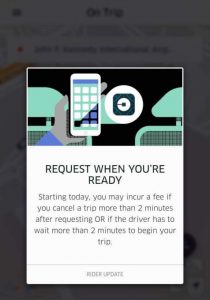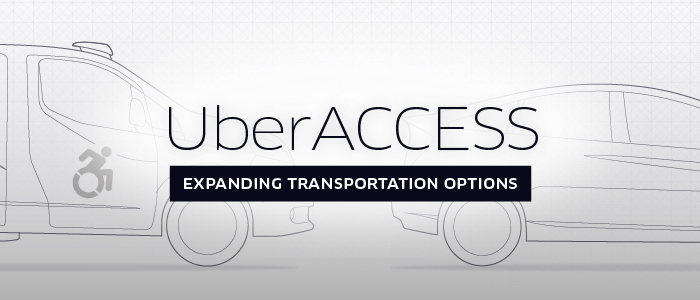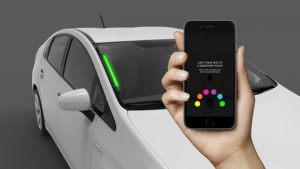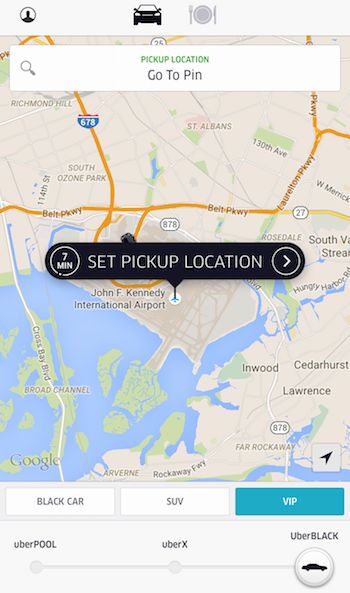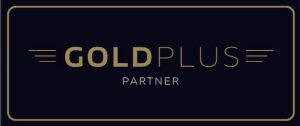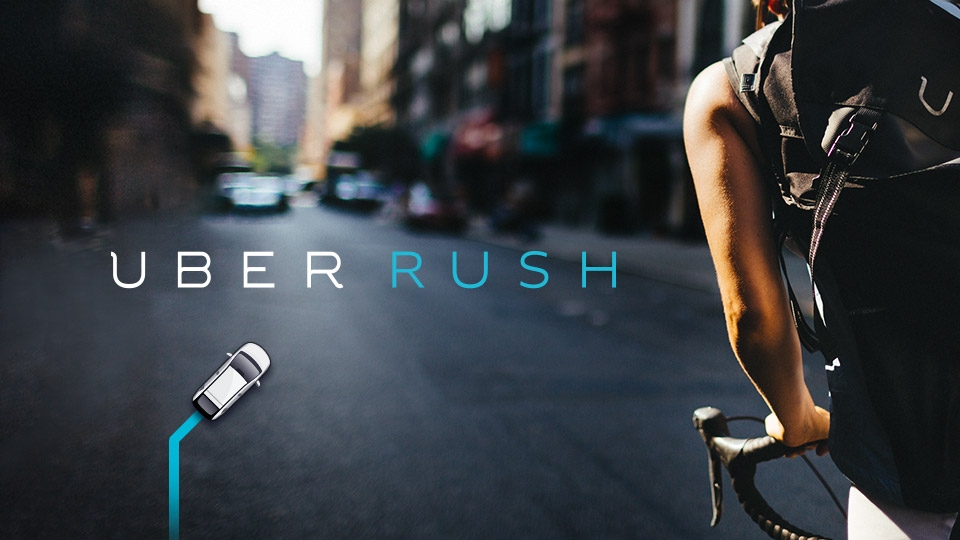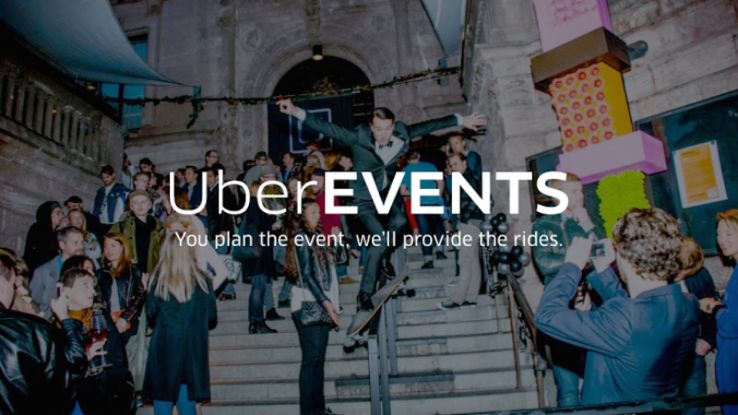Harry here. Today, new RSG contributor Ryan King and I take a look at all the programs and features that Uber is currently testing!
One of my favorite parts about running this blog is that sometimes I feel like I am looking into a crystal ball. Not only does every single person with an idea for the next hottest rideshare app or driver product pitch me, but I also get forwarded e-mails from drivers and passengers across the country about ALL the new programs that Uber is testing. And there are a lot.
So I thought it would be cool to have an article that catalogues everything Uber is working on to improve the Uber experience. Not all of these features and programs benefit drivers, but I’ll let you guys be the judge of that in the comments below.
If you see something that should be on the list, don’t hesitate to reach out to me via e-mail or in the comments below.
Features/Programs for Driving Passengers
UberPool
Ok this one’s pretty obvious and almost everyone has heard about it by now, but it’s still not in every market yet. UberPool first launched all the way back in August of 2014 in San Francisco but it’s been rolled out to new markets very slowly. I think that’s because Uber has had a very tough time selling it to drivers and even passengers.
We’ve covered what drivers should expect from UberPool before, but in short, not much. This service is great for Uber since it allows them to knock 30-40% off the cost of an UberX ride but drivers don’t make any more money off these rides. In fact, it’s a pretty poor deal for drivers since you’re effectively doing double the work (picking up and dropping people off are the hardest parts of a ride!) for the same amount of money and you now have two bosses.
It’s a good thing for passengers, though, since they can now save 30-40% on the cost of their rides, but even they aren’t in love with the service. Passengers that I’ve spoken with really only like UberPool when it’s surging on UberX (since Uber subsidizes Pool rides when X is surging) and often times when there’s a match, they ask the driver not to pick up the second person. Dude, you called an UberPool, what did you expect?!
Uber is betting big on UberPool but I’m not convinced it’s going to work. Passengers have proven to be extremely price sensitive but it’s almost like passengers take UberPool begrudgingly just because of the low price, and not because they want to carpool.
Lyft has a similar service called Lyft Line that works almost exactly the same.
New Driver App
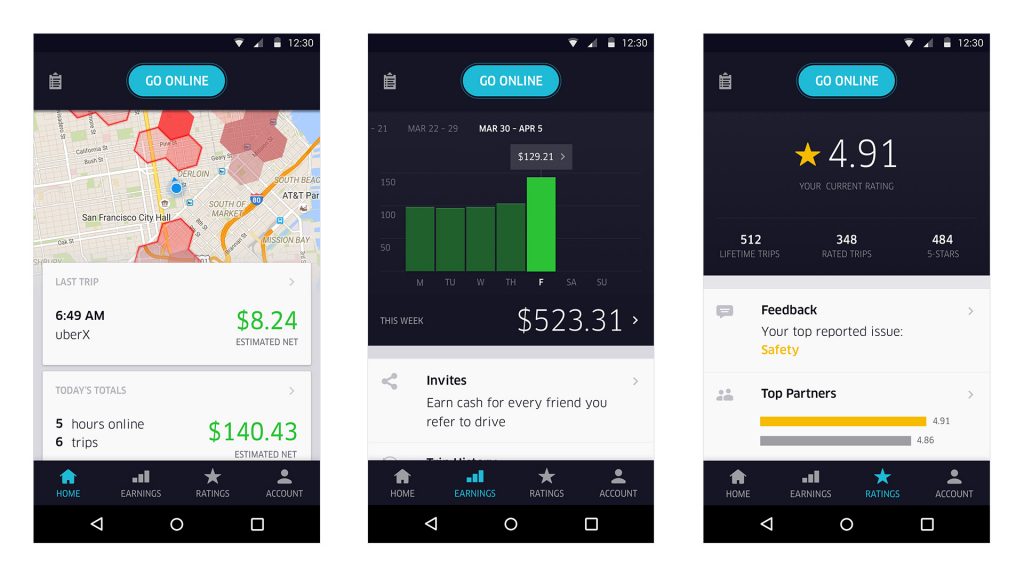 In October of 2015, Uber released a new driver app with dramatic changes. When you open the app you can immediately see the heat map without having to go online. They reduced the size of the surge area to tiny hexagons covering just a block or two. The home screen has a personalized feed which has news, current promotions in your area, and a daily log of trips taken and hours spent online.
In October of 2015, Uber released a new driver app with dramatic changes. When you open the app you can immediately see the heat map without having to go online. They reduced the size of the surge area to tiny hexagons covering just a block or two. The home screen has a personalized feed which has news, current promotions in your area, and a daily log of trips taken and hours spent online.
Uber also added a Fuel Finder complete with current gas prices on the home tab. Also, in the settings tab they added surge pricing notifications where drivers can get notified of surges in their area. They even have a real-time tally of your weekly earnings as well as your current rating. In recent update Uber included in-app support. With this tool you can request help from Uber, I included some tips to messaging Uber in this article.
Related Article: Top 9 Ways To Contact Uber When You Need Help
This update was long overdue. One of my favorite features is being able to check the heat map without having to go online and risk getting a request you’re likely to cancel. Do yourself a favor and spend some time getting familiar with the new app; it’ll be worth your effort.
Most drivers already have access to this new app but there are a few markets that may have different surge screens for example (old large blocks of surge instead of small honeycombs).
In-App Phone Support
Starting i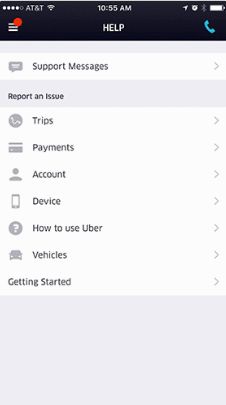 n May 2016 select drivers in San Francisco have access to Uber support through the phone. In the “Help” section of their Uber app there is now a phone icon to access Uber phone support.
n May 2016 select drivers in San Francisco have access to Uber support through the phone. In the “Help” section of their Uber app there is now a phone icon to access Uber phone support.
Finally, phone support! Drivers have been asking for this for a long time. Nothing beats talking to a live person when it comes to resolving issues. Hopefully this program gets rolled out to the rest of the country sometime soon.
Destination Filter
This is a feature I’ve been calling for ever since Lyft introduced their destination filter back in 2014 (SidecarRIP had it first though). It works by allowing drivers to enter a destination and then that driver will only get rides headed in that direction.
The problem with Lyft’s destination filter is that it only works with passengers on Lyft Line rides (since they are the only ones who had to enter a destination). But since Uber allows for it on all rides and has much higher passenger density, I think it will work a lot better with Uber.
Deadhead miles are a huge problem for drivers right now, since even though long rides are profitable, the return trip empty handed is not. If this feature works well, it could have a huge impact on driver’s income. I also think it could encourage more every day people to sign up with Uber, since they could effectively get paid to carpool to specific places like home or work.
Back to Back Rides
Now this is a feature that I’m excited about since it allows drivers to basically have their next ride waiting for them once they drop off their current passenger. It’s also an OG Sidecar feature, so thanks Sidecar!
Uber is testing this in lots of cities right now, but they’re still working on the logistics of it all. Since your next pick-up is based off your current passenger’s destination, what happens if your current passenger wants to extend the trip? What happens if you want to go offline after your ride?
If you get a back to back request but are planning on logging off, you may want to accept it and then ask the passenger to cancel since these requests will count against your acceptance rate if you ignore them.
The common theme with a lot of these features is that not only does Uber have to train the drivers, but they also need to train the passengers on how to use them. I suspect eventually Uber may require you to enter your destination and not be allowed to change it a la UberPool so that these types of efficiencies can be introduced.
Postmates offers a similar feature called stacked jobs that allows you to do multiple deliveries at once.
No-Show and Cancellation Policy Change
In April 2016, Uber started piloting a new no-show policy in New York, New Jersey, Phoenix and Dallas. Basically, the time in which a driver must wait for passengers to enter the vehicle has been reduced from five minutes to two minutes. After two minutes of waiting (after arrival), the ride will start and the passenger will be charged the per minute waiting rate.
Uber also shortened the cancellation grace period to two minutes. If the rider cancels after two minutes of requesting the ride they will incur a cancellation fee, which goes directly to the driver.
These policy changes clearly benefit the drivers. I’m sure any driver reading this post has had the situation where they’re driving a couple minutes to get to your passenger when out of nowhere they cancel. It’s a very frustrating experience because it’s wasted gas and wasted time. This change in policy could cut down significantly on that. Or, if it doesn’t, we will at least be getting paid for our time.
Waiting for customers can also be a hassle, especially if it’s a short trip. If this policy is adopted nationwide drivers should start spending less time waiting and more time making money. Lyft actually has a similar policy in place in which the ride automatically starts after 1 minute and it definitely seems to have an impact on how quickly Lyft pax come outside.
Smart Routes/UberHOP/UberCOMMUTE
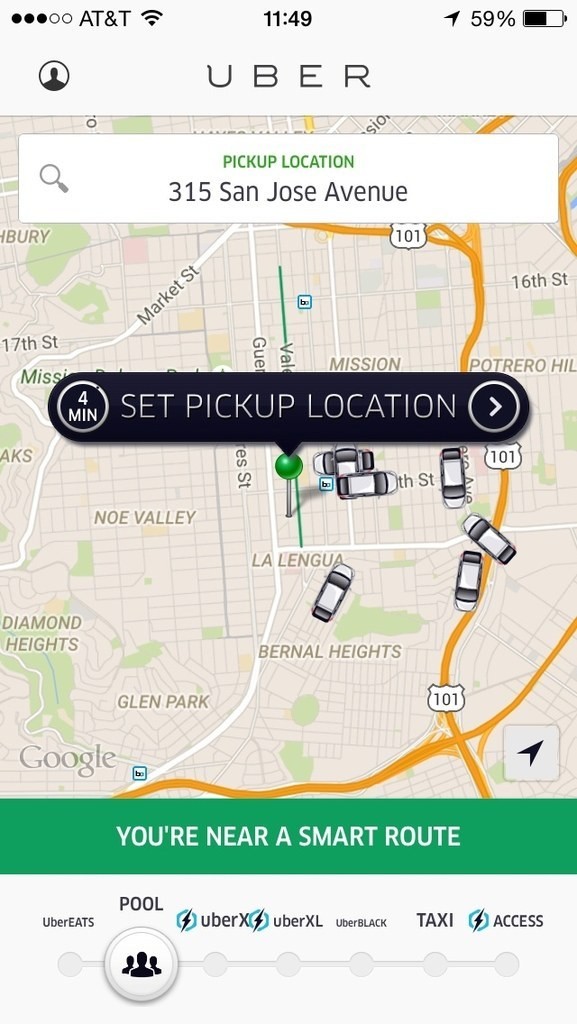
Smart routes is a feature that was tested in San Francisco that allows drivers to pick-up and drop-off passengers along the same route. If this sounds familiar, it should, because it’s also what your local city bus does. However, these rides would be on-demand and riders would have to get themselves to a pre-determined location.
As a driver, I don’t really see how this feature benefits us much since the payout for drivers is calculated off mileage and if you’re picking up and dropping off a bunch of people along the same street, you won’t drive any extra miles. But you will have all the hassle of dealing with multiple riders and multiple pick-ups and drop-offs. There’s a reason why bus drivers aren’t the happiest people on earth.
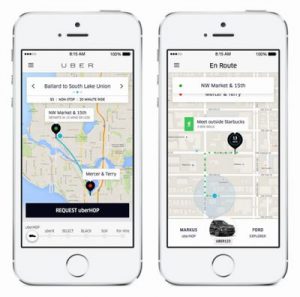 It appears that Uber is testing Smart Routes under different names too. UberHOP is Smart Routes, but it’s only available during commute hours. UberCOMMUTE is also Smart Routes with yet another name. Why Uber needs three names for the same service is beyond me 🙂
It appears that Uber is testing Smart Routes under different names too. UberHOP is Smart Routes, but it’s only available during commute hours. UberCOMMUTE is also Smart Routes with yet another name. Why Uber needs three names for the same service is beyond me 🙂
UberACCESS
UberACCESS is Uber’s answer to the lawsuits and criticism the company has faced regarding transporting people with disabilities. UberASSIST and UberWAV are the two prongs of the UberACCESS program. It’s only a little confusing, so bear with me.
All UberACCESS drivers are trained to accommodate elderly riders and those with disabilities. The only difference is UberWAV provides Wheelchair Accessible Vehicles, and UberASSIST provides regular vehicles that can only accommodate folding wheelchairs and walkers.
Accept Only UberXL or UberSELECT Rides
This is a hidden feature that you can’t find if you just navigate the app or your Uber dashboard. Uber usually sets up UberXL and UberSELECT drivers to receive UberX requests too. Most drivers don’t like this though because UberX rates are much lower than XL and Select.
Many drivers instead prefer to get only UberXL or only UberSELECT requests. Here’s a video describing the process, but all you need to do is e-mail support@uber.com and ask them to make it happen. There are some markets like Dallas though that won’t allow drivers to do this.
Uber Lots & Zones
This isn’t exactly a specific program or feature. But, it is something Uber is testing. Uber is partnering with airports, sport stadiums, theaters, special events, and even colleges. They are creating specific lots or zones where passengers can be picked up and dropped off during big events.
These lots are designed to take away a lot of the stress and risk drivers assume when dropping off and picking up customers in crowded areas. But they are definitely still a work in progress. There isn’t a master list of all these zones and lots, but Uber has catalogued them for Los Angeles here. Sometimes these are one time events, like the Super Bowl, and sometimes they are ongoing like the Uber zone at SFO or Dodger Stadium.
Uber Spot
This program may be well received by drivers. It is intended to make it easier for passengers to find the right Uber. The idea is that this LED strip is put in the windshield and displays the color the passenger chooses. The passenger can also make their phone light up the same color so the driver can easily identify them.
This has the potential to speed up pick ups allowing drivers to earn more money. I can see this being particularly useful late at night when riders are getting out of the bars and there’s a line of cars waiting to pick up their passengers. Also, for big events or at airports it seems very useful. Let’s hope the installation is either discreet or easy to take on and off. But, I hope they choose colors that are identifiable to those who may be partially color blind (like me).
Hidden Passenger Ratings
In January of 2016, drivers in Chicago contacted The Rideshare Guy and reported that they can no longer see the ratings of their riders. This is a stipulation of the Chicago municipal code meant to prevent discrimination. Previously, we have written about why passenger ratings matter. If this system is rolled out nationwide it could dramatically affect every Uber driver because passengers would have one less incentive to treat drivers with respect, but I don’t see that happening any time soon.
UberWINE
Uber started providing wine tours in Santa Barbara and San Luis Obispo, California in April 2015. With UberWINE and UberWINEXL riders reserve an Uber X or UberXL driver who accompanies the group around to different wineries for 1-4 hours. The driver is paid significantly more per min and a little less per mile.
This is a pretty specialized service which I’ve only seen in two cities. But, it does sound fun to get paid over $25 an hour to drive around a group and watch them drink. You could make a new friend and they’re much more likely to tip you. It sounds like a pretty good deal for drivers.
UberPASSPORT
In March of 2016 UberPASSPORT was launched. The service gives rides across the U.S.-Mexico border from San Diego to Tijuana. However, once you’re in Mexico, passengers can’t take an Uber back into the US.
This relatively small program will only affect those drivers in San Diego. I hope Uber is paying these drivers significantly more for crossing the border because getting back into the US is a much longer process. I’d probably only do it if I had a SENTRI pass.
UberVIP
UberVIP is a customer appreciation program that Uber is testing in a few markets such as Nashville and New York. When a passenger takes a certain amount of rides they become eligible for UberVIP. The number of rides needed varies depending on the market.
How does this program affect drivers? Well, it doesn’t seem to add any benefit, except the occasional VIP rider. The rides don’t pay more. Also, the customers tend to expect special treatment.
VIP drivers don’t seem to see how this program is worth any extra effort. The only benefit Uber claims is that these are experienced riders and therefore your ride will be seamless.
Rewards and Money
Power Driver Bonus Rewards
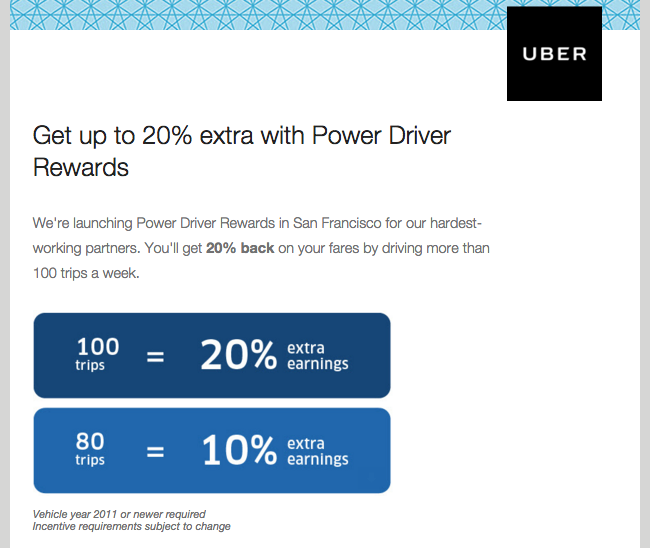
If you couldn’t tell by now, a lot of these features aren’t exactly original inventions. A lot of them were borrowed from competitors like Lyft or Sidecar (RIP), but I don’t think that’s necessarily a bad thing. It actually goes to show that Uber is watching what their competitors do and learning from them. Lyft has paid out over $100 million to its drivers in Power Driver Bonus earnings and tips and it’s built A LOT of loyalty in doing so.
Uber clearly sees what Lyft is doing, so I’m all for Power Driver Rewards since it will benefit the drivers who are putting in the most hours on the platform. The terms are pretty simple but basically the more you drive, the more you get in extra earnings (that basically offset your commission). 100 trips may not seem feasible in your market, but in SF, where this feature is currently being tested, it definitely is. This program is already being rolled out to other markets but with different formats (see below).
Power Driver Plus/Fare Boost
Power Driver Plus is very much like the Power Driver Rewards. We covered this program in a previous post. The big difference is that it’s available to any driver, rather than just those with a 2011 or newer vehicle.
Another difference is that this program gives a set dollar amount as a bonus per rides completed, while the original Power Driver Rewards is a percentage of your total earnings for the week. If you are eligible for both bonus (meaning if you have a 2011 or newer vehicle) then Uber will credit you whichever bonus is larger. Here is a link to the exact terms. Uber started testing this program in March of 2016 in San Francisco and Los Angeles. In April 2016, Uber actually replaced the Power Driver Rewards for Power Driver Plus for drivers in SF and LA.
In May 2016, Uber introduced “Fare Boost” in the Washington DC area. This program guarantees surge pricing during specific times. For instance, if a trip you take during the designated hours is not at least 1.8x, Uber will pay you the difference. The catch is you have to take at least 45 trips per week.
All of these programs reward drivers who give a significant amount of rides per week. Uber is spending quite a bit of money trying to attract power drivers and encourage part time drivers to give more rides.
We drivers certainly appreciate these programs much more than the slew of fare reductions over the years. Let us hope that Lyft responds to these programs. Passengers have benefited from the price wars between Uber and Lyft at the drivers expense. It’s high time that drivers start to really benefit from the competition between TNCs.
Instant Pay
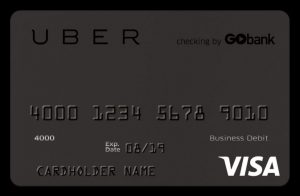 We covered Uber Instant Pay in a previous post. Uber began testing the Instant Pay program in San Francisco in March 2016. It is very similar to Lyft’s Express Pay.
We covered Uber Instant Pay in a previous post. Uber began testing the Instant Pay program in San Francisco in March 2016. It is very similar to Lyft’s Express Pay.
The idea with Instant Pay is that drivers open a business checking account with GObank, then they can cash out their earnings into that account at any point. There are no fees or minimum amount you must cash out. If you don’t cash out with Instant Pay, your earnings are deposited into your personal account like they normally are. We’ve heard mixed reviews from drivers on this program with some saying that it works just fine and others telling us horror stories about having to deal with GObank, so use at your own risk.
One alternative that has been very popular with drivers is Daily Pay. Daily Pay allows drivers to cash out their earnings instantly for a very low fee. Click here to sign up with Daily Pay and get your first two weeks free.
Uber GOLD and GOLDPlus
Uber Gold is a new program for drivers completing 80 trips a week during specific qualifying periods. Gold drivers earn priority service at Partner Support Centers, access to exclusive Gold events, a Gold decal for their car, and a chance to win giveaways. GOLDPlus is earned by giving 100 rides a week during the qualifying period. GOLDPlus drivers get all of the benefits of GOLD… Plus they earn points based on gross earnings. The points can be redeemed for cash or prizes.
Car Acquisition
Xchange Leasing
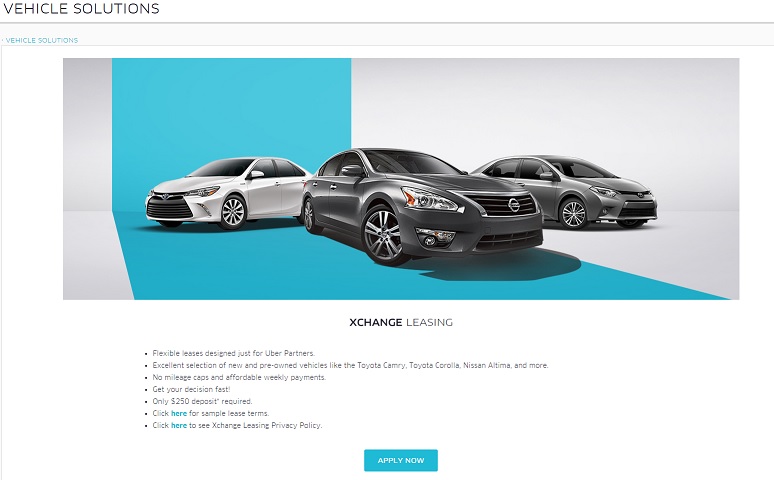
Let’s rewind the clock to early 2015 when the only car acquisition program Uber had was its universally hated subprime leasing program. This program was a partnership with Santander Consumer USA was considered a sham by nearly everyone. Santander was even investigated by the Justice Department for its subprime leasing. In summer 2015, Uber ends its relationship with Santander.
Enter Xchange Leasing: Uber’s improved leasing program, which started in July 2015. We have covered this program in detail. Xchange is a much better deal than their old leasing program. It includes unlimited mileage, with leases starting around $120/week, maintenance included, and you can return the vehicle anytime after the first month (with a two week notice and $250 fee).
Xchange Access is the second tier program in which a driver could take over someone else’s Xchange lease.
Uber Enterprise Rental
Uber launched yet another car acquisition program in December 2015. This is a rental program with a lower entry barrier than leasing. Uber partnered with Enterprise Rent-A-Car for this program. For $210 a week drivers can rent car with unlimited mileage. There is a $500 refundable deposit and a $40 program fee.
While this program is significantly more expensive than the leasing program it can be useful in the short term. For instance, if your car is in the shop or if you plan to buy a car soon but want to start or continue driving for Uber. Perhaps this was a response to Lyft’s car rental program they announced in October of 2015.
Delivery
UberEATS
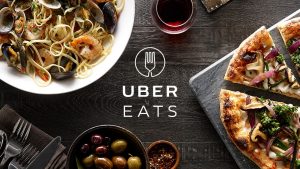 I’m sure many of you know that Uber now does meal delivery. UberEATS piloted in Santa Monica, California way back in 2014 under the name UberFRESH. In 2015 Uber changed the name to UberEATS and rolled it out to many cities across the US. In the beginning UberEATS only offered a few meal choices. However, in 2016 they started to deliver any item on the menu of participating restaurants.
I’m sure many of you know that Uber now does meal delivery. UberEATS piloted in Santa Monica, California way back in 2014 under the name UberFRESH. In 2015 Uber changed the name to UberEATS and rolled it out to many cities across the US. In the beginning UberEATS only offered a few meal choices. However, in 2016 they started to deliver any item on the menu of participating restaurants.
Food delivery is a crowded market with companies like Eat24, Grubhub, Seamless, DoorDash, and even Amazon Now all delivering from local restaurants. However, Uber has a huge network of drivers and the potential to scale much quicker than any other food delivery service.
UberRUSH
Now this is a pretty simple concept: Uber uses its fleet of on-demand drivers, along with some bike couriers, to deliver packages or food to customers. This is very similar to what Postmates does, except that UberRUSH is sold to business as a delivery service. This means that the customer won’t go into the Uber app to order from UberRUSH. Rather, they will order from the business’s website and Uber will handle the delivery on the back end. The customer may not even know Uber is delivering their product until they get a confirmation email with a tracking link that will show in real time where their product is.
Language and Safety
UberENGLISH and UberESPAÑOL
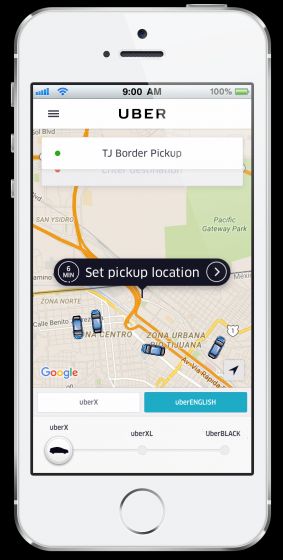 In March 2015 Uber rolled out UberESPAÑOL in three cities. Two months later they expanded to six cities. UberESPAÑOL allows a rider to request a Spanish speaking driver at no extra charge. Uber launched UberENGLISH, an English speaking program in Tijuana in March 2016. I hope the drivers get paid a little extra for the extra service they provide.
In March 2015 Uber rolled out UberESPAÑOL in three cities. Two months later they expanded to six cities. UberESPAÑOL allows a rider to request a Spanish speaking driver at no extra charge. Uber launched UberENGLISH, an English speaking program in Tijuana in March 2016. I hope the drivers get paid a little extra for the extra service they provide.
Uber AMBER Alert
Uber partnered with the National Center for Missing & Exploited Children to expand the AMBER Alert System. They rolled out a nationwide AMBER Alert system for Uber drivers on October 13, 2015. If an AMBER Alert is issued, Uber drivers will get AMBER Alert information immediately. I don’t think anyone can fault a program like this. Let us hope this program saves some lives.
UberSELFIE
I’ll take the credit for unofficially naming this program. Recently, Uber started testing a program that would require drivers to take pictures of their face before going online and at random intervals when driving. The program will use facial recognition to identify the driver. Uber started beta testing this in April 2016 in China. They claim that this will cut down on fraud and enhance safety which is known to be a big problem in China.
Uber has been testing something similar in the US where they ask drivers to take a picture of themselves before logging in but it doesn’t use the same facial recognition software as what they’re piloting in China.
As a driver, I like the idea of cutting down on fraudulent drivers, and it also means a safer experience for passengers. However, having to stop to take a picture while you’re driving seems like a hassle. Ironically, it can be a safety hazard to encourage drivers to take a picture of themselves while online.
Customer Facing Programs
All of the programs and features listed below are customer facing only. This means as drivers this information isn’t critical, but it is interesting.
Trip Experiences/Trip Branding/Uber Offers
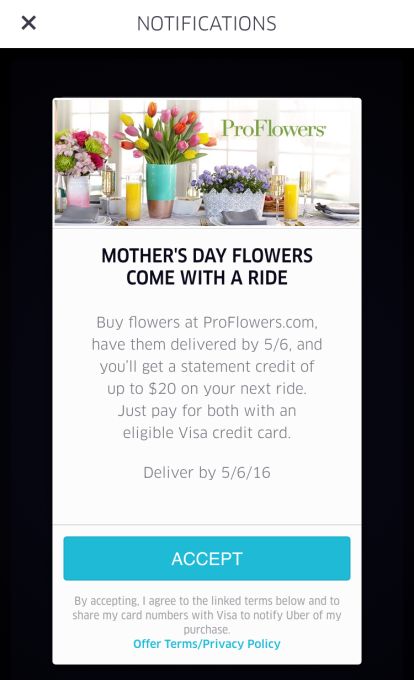 These three programs all provide Uber ride integration with other products and services. Uber Offers provides discounted Uber rides for purchases at select merchants. The Uber app will have an offer pop up within the app. To take advantage of the offer the rider must accept the offer in-app and use the same Visa card to purchase the product offered. Uber will then credit the riders credit card when they take their next Uber ride. The terms are a bit confusing; here’s the fine print if you’re interested.
These three programs all provide Uber ride integration with other products and services. Uber Offers provides discounted Uber rides for purchases at select merchants. The Uber app will have an offer pop up within the app. To take advantage of the offer the rider must accept the offer in-app and use the same Visa card to purchase the product offered. Uber will then credit the riders credit card when they take their next Uber ride. The terms are a bit confusing; here’s the fine print if you’re interested.
Uber Trip Experiences was announced in early 2016. This feature is meant to entertain or at least capture the attention of riders during their trip. Here are some of the features they were expecting: creating curated playlists that are the same length of the trip, providing news briefs, introducing riders to local points of interest, even integrating with home automation to do things like turning on the heater on your ride home.
A few months after announcing Trip Experiences, Uber announced Trip Branding and Personalization. This new feature allows the Uber app to link with other services. Riders can book a hotel room from the Uber app. If a rider wants to use Uber and public transportation, they can plan their trip in Citymapper and even request their Uber from Citymapper. Foodies can find a restaurant in the Zomato app and easily request an Uber to that restaurant all within the Zomato app.
These three services are all aimed at customer loyalty and potentially new revenue streams too. Uber wants to be the first thing riders think of whenever they are going out, heading home, or traveling. This will hopefully bring increased demand.
Uber Offers provides a similar service to Vugo, which offers destination based advertisements during rideshare trips. However, Vugo pays drivers for displaying ads in their car. History would suggest that Uber Offers will not compensate the driver for the ad earnings, so I’d be more inclined to use an app like Vugo. Clearly, your car’s backseat is becoming a crowded advertisement space, so might as well take advantage of it.
Surge Drop
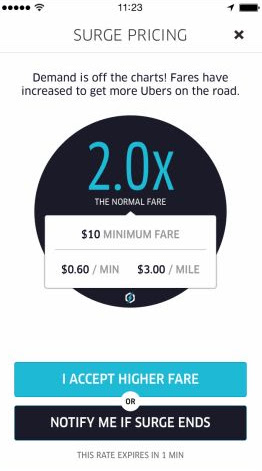 Uber launched Surge Drop in early 2014 and this feature notifies passengers when surge pricing ends. This feature is similar to the SurgeProtector app which finds the nearest location that isn’t surging and helps the rider order an Uber to that location. Passengers have definitely gotten smarter when it comes to surge, but there’s still plenty of surge to go around.
Uber launched Surge Drop in early 2014 and this feature notifies passengers when surge pricing ends. This feature is similar to the SurgeProtector app which finds the nearest location that isn’t surging and helps the rider order an Uber to that location. Passengers have definitely gotten smarter when it comes to surge, but there’s still plenty of surge to go around.
Uber For BUSINESS
Way back in 2014 Uber launched Uber For BUSINESS. This service allows employees to bill their company directly for Uber rides. Of course, the company maintains control of when, where, and how much an employee can ride. Later, in November 2015 Uber introduced Business Profiles. This kept business and personal trips separate within the app. A few months after that Uber launched Auto-Expense which will automatically send the receipt of each business trip to an expense program like Concur. One quick note, Lyft has something called Lyft for Work which is essentially the same as Uber For BUSINESS.
Uber also launched Family Profiles in March 2016. This is exactly like Uber For Business except for the family. It allows a customer to pay for the rides of up to 10 family members or friends. I sure wouldn’t mind that, as long as I’m not the one paying.
UberEVENTS
This service is for both personal and business events. Uber allows the host of an event to prepay for all their guests rides to and from their event. The host will send out ride passes or codes to the guests via email. The guests simply enter the code from their emails into the Uber app and request a ride when they’re ready. Lyft also offers this service through Lyft for Work.
And there you have it. That’s all the programs and features we could find that Uber is testing. We did find a few other programs but they seemed irrelevant to drivers: Bug Bounty, UberMILITARY, Uber Hilton Partnership, UberTRAVEL, and VOTE.
Have a question about any of the programs listed above? Which one are you most excited/least excited for? Let us know in the comments below.
-Harry @ RSG
